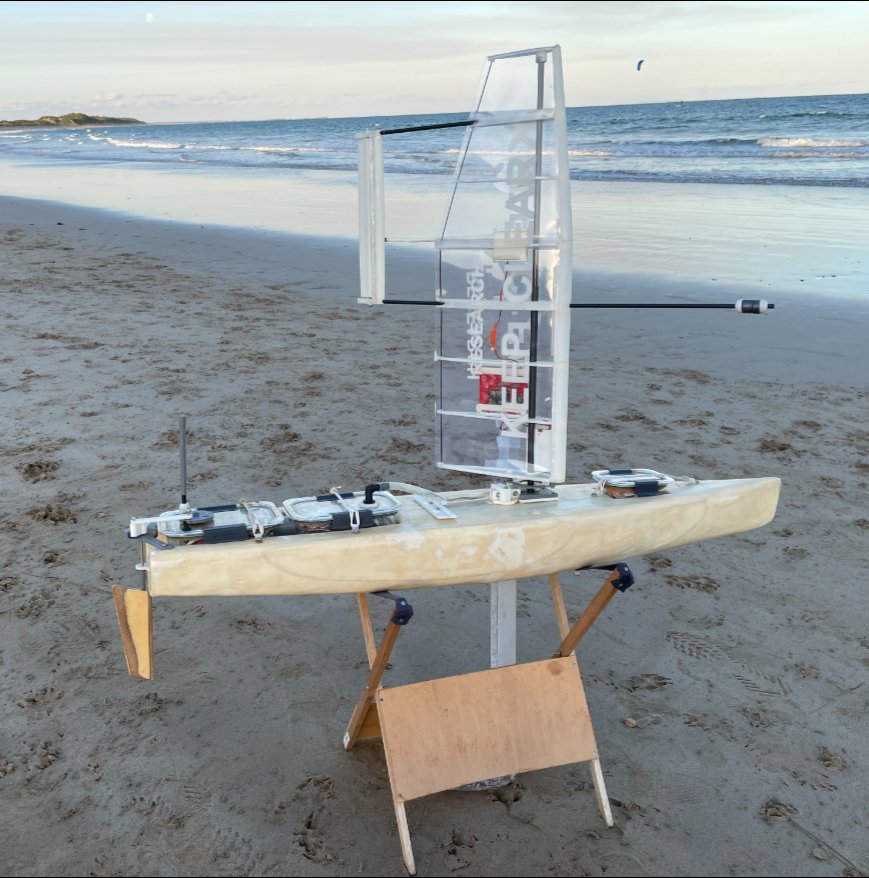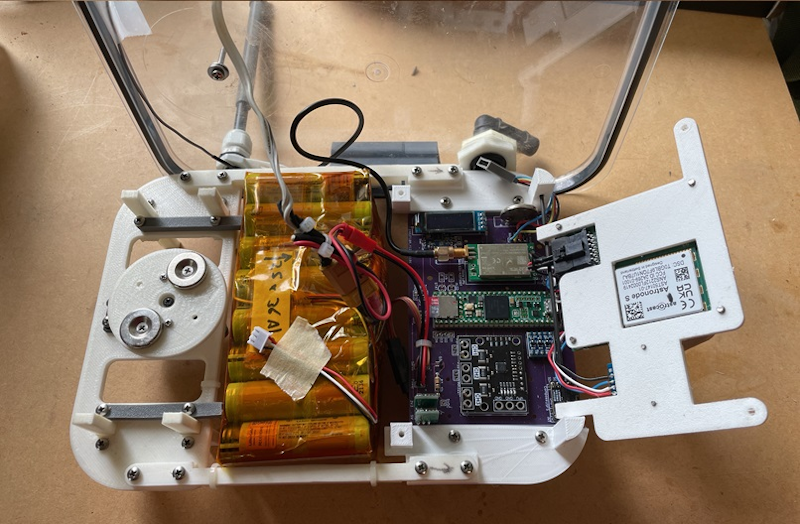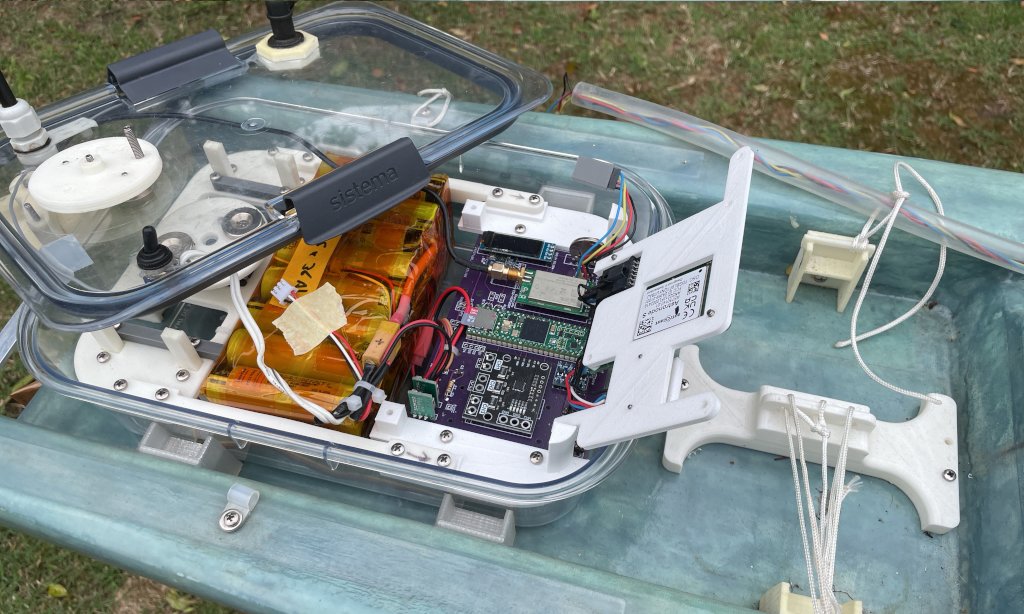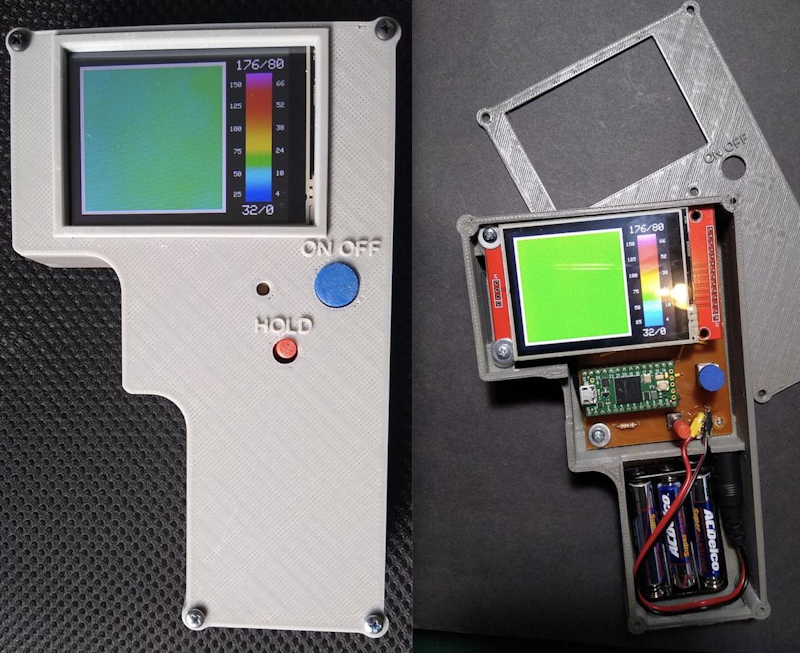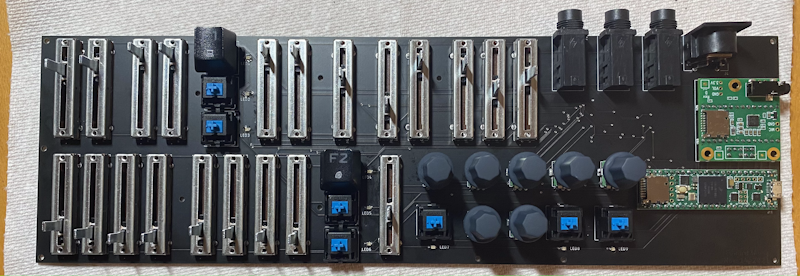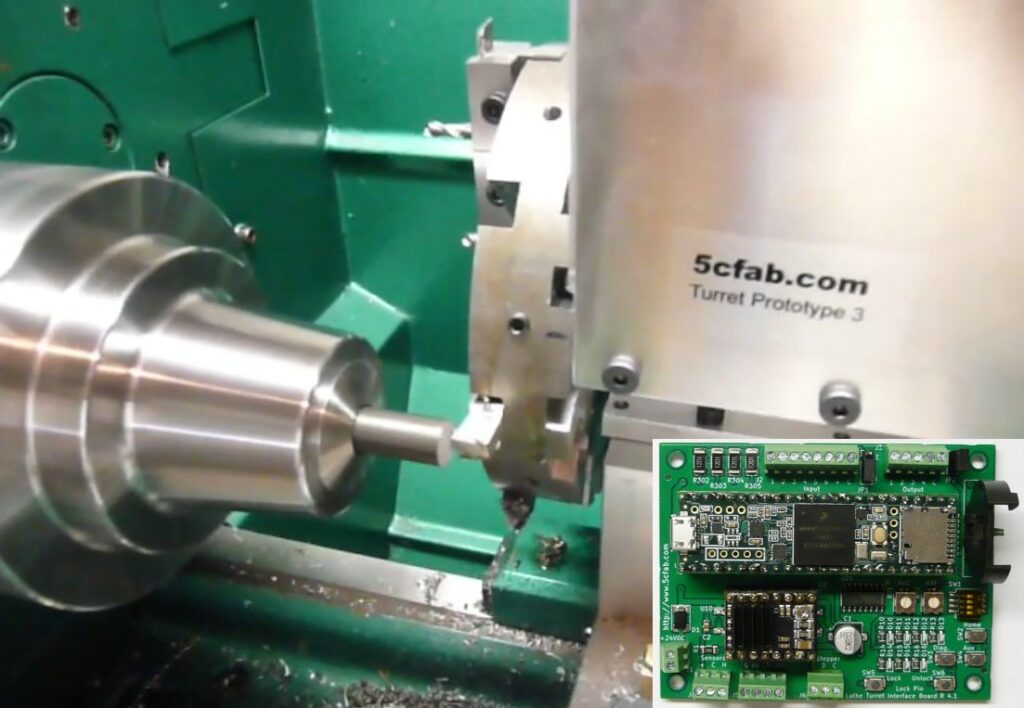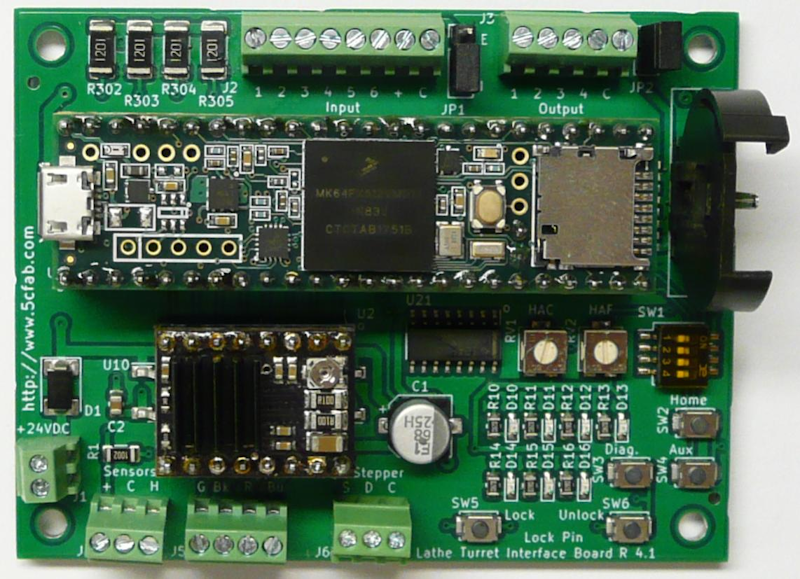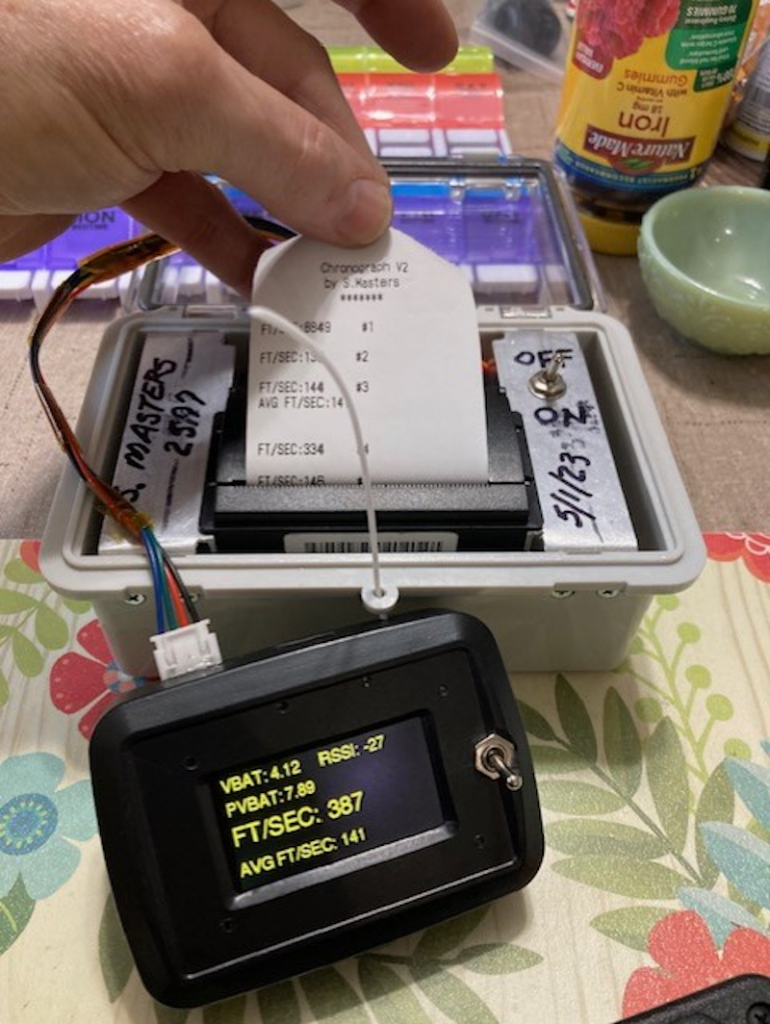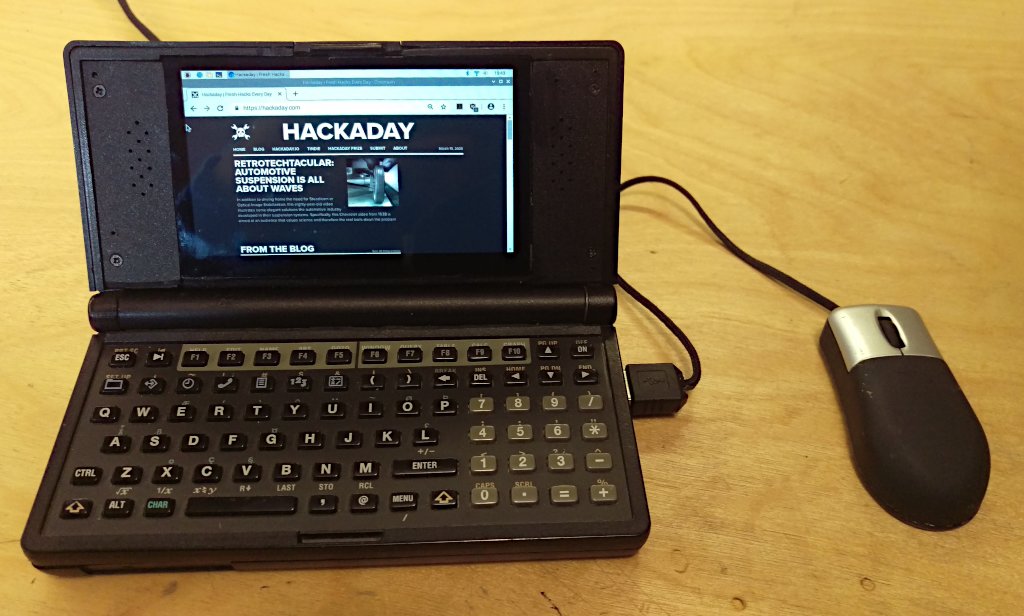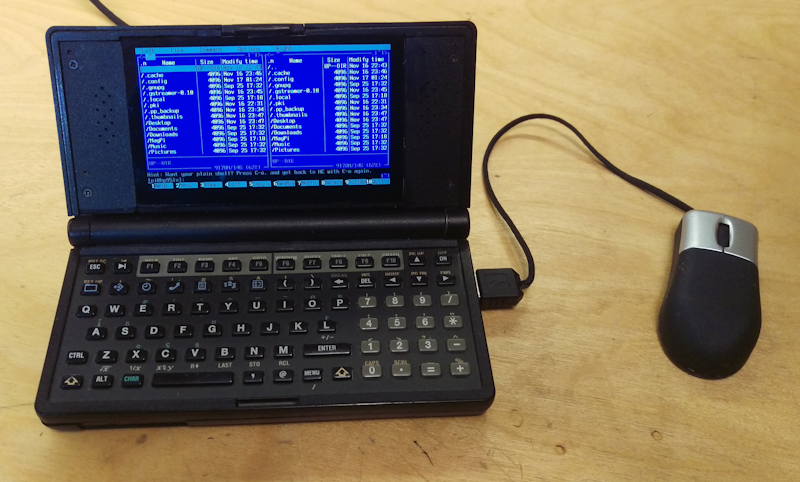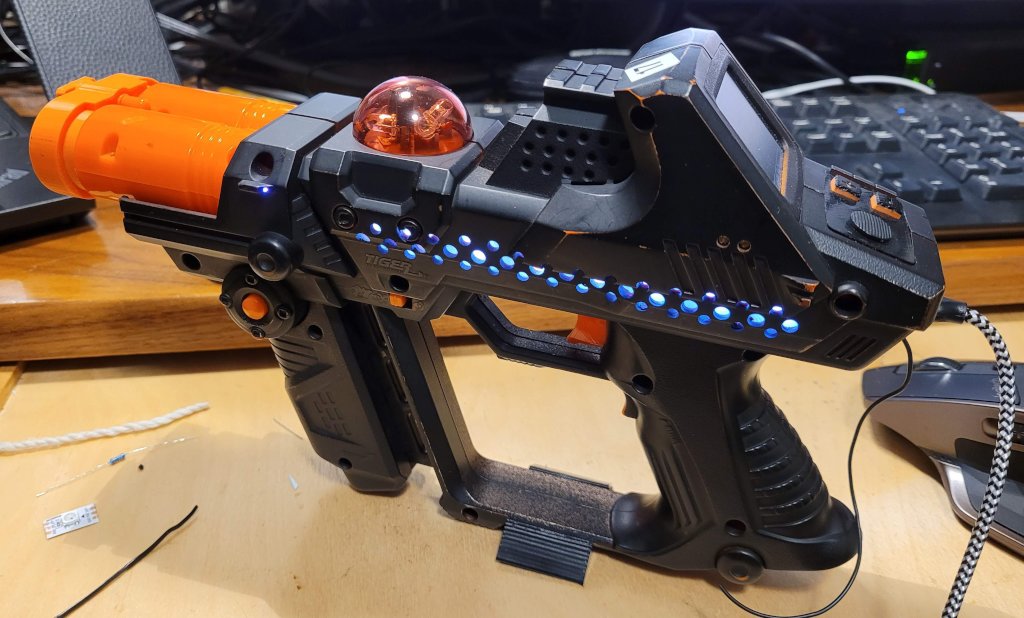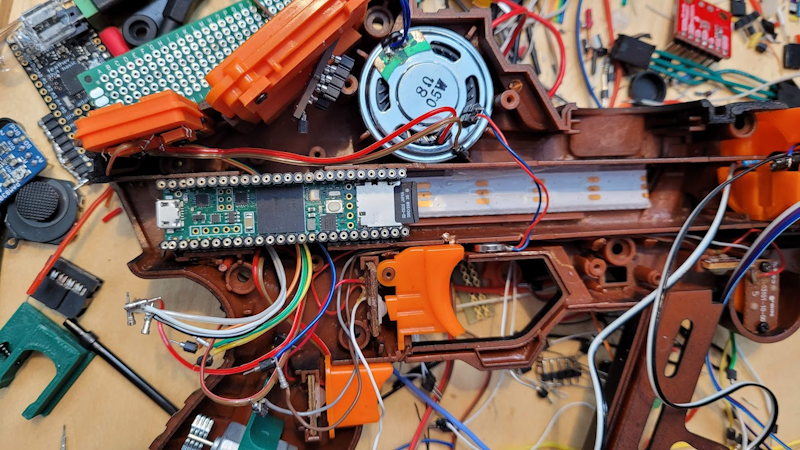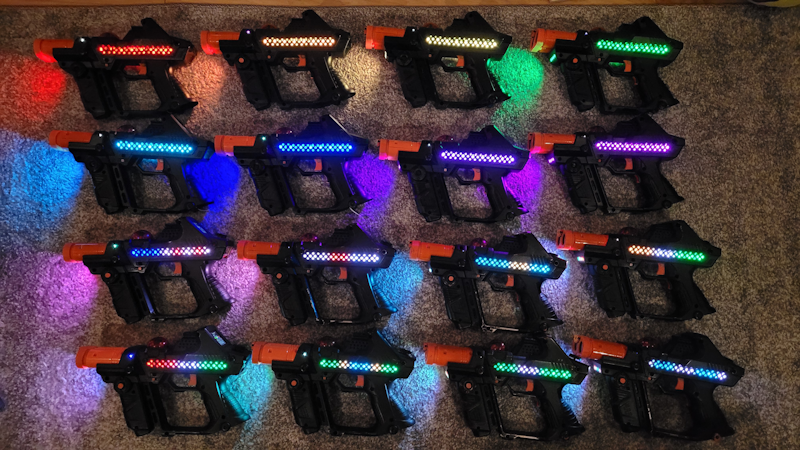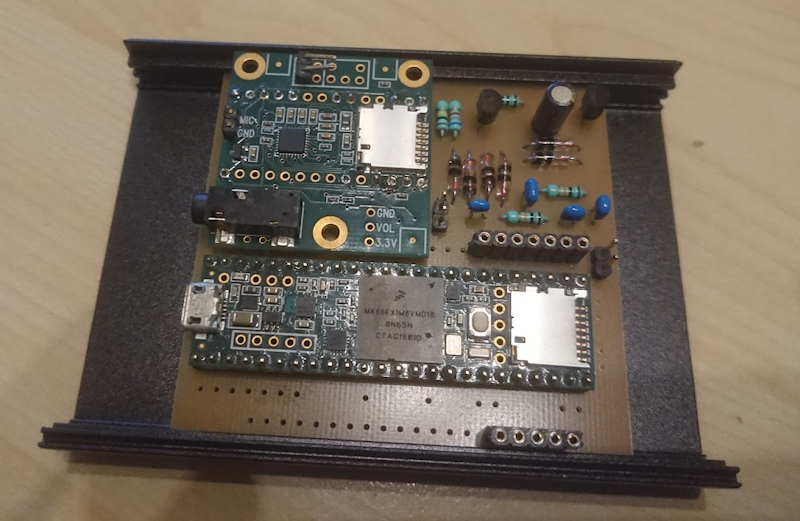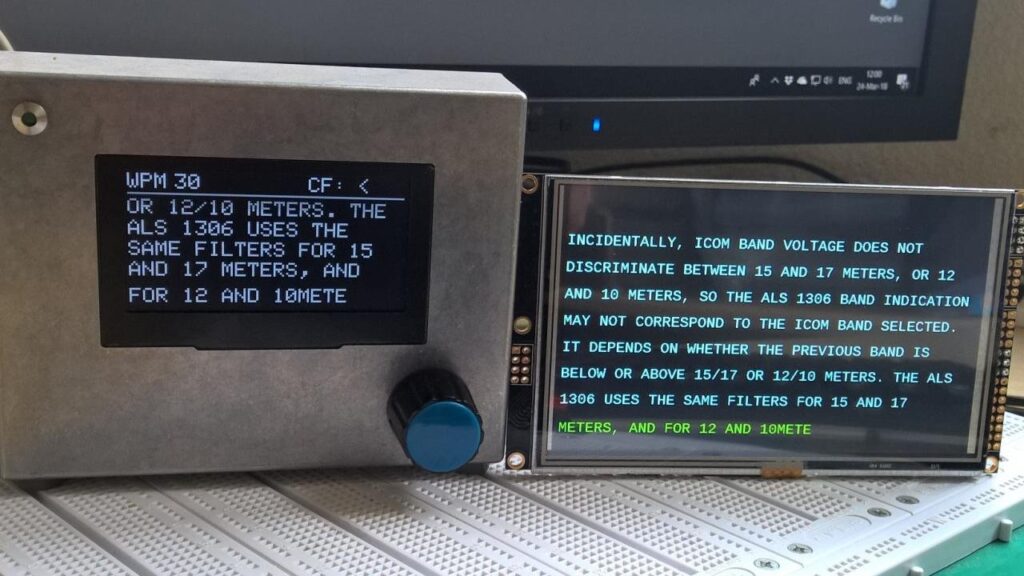Sylvain Van Iniitu has open-sourced their Teensy 4.1-based polyrythmic errorist and stochastic MIDI sequencer, Piccolo meant for generative and process-based music.

Featuring MIDI in and out, tap tempo, 16 channels x 4 layers, and 64 layer memories (save/load as .txt on mSD), the system boasts 1ms precision and unlimited notes per layer and loop duration. Delay, variable delay, transposition, harmonization, modulation and other transformations can be applied to sequences — more than 100 in total.

Source code and schematics are available on GitHub, and over an hour of experimental output during its development can be experienced in the video below.
